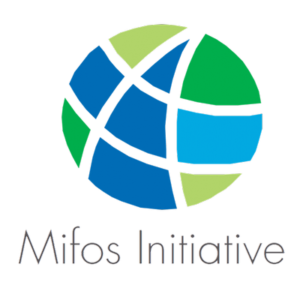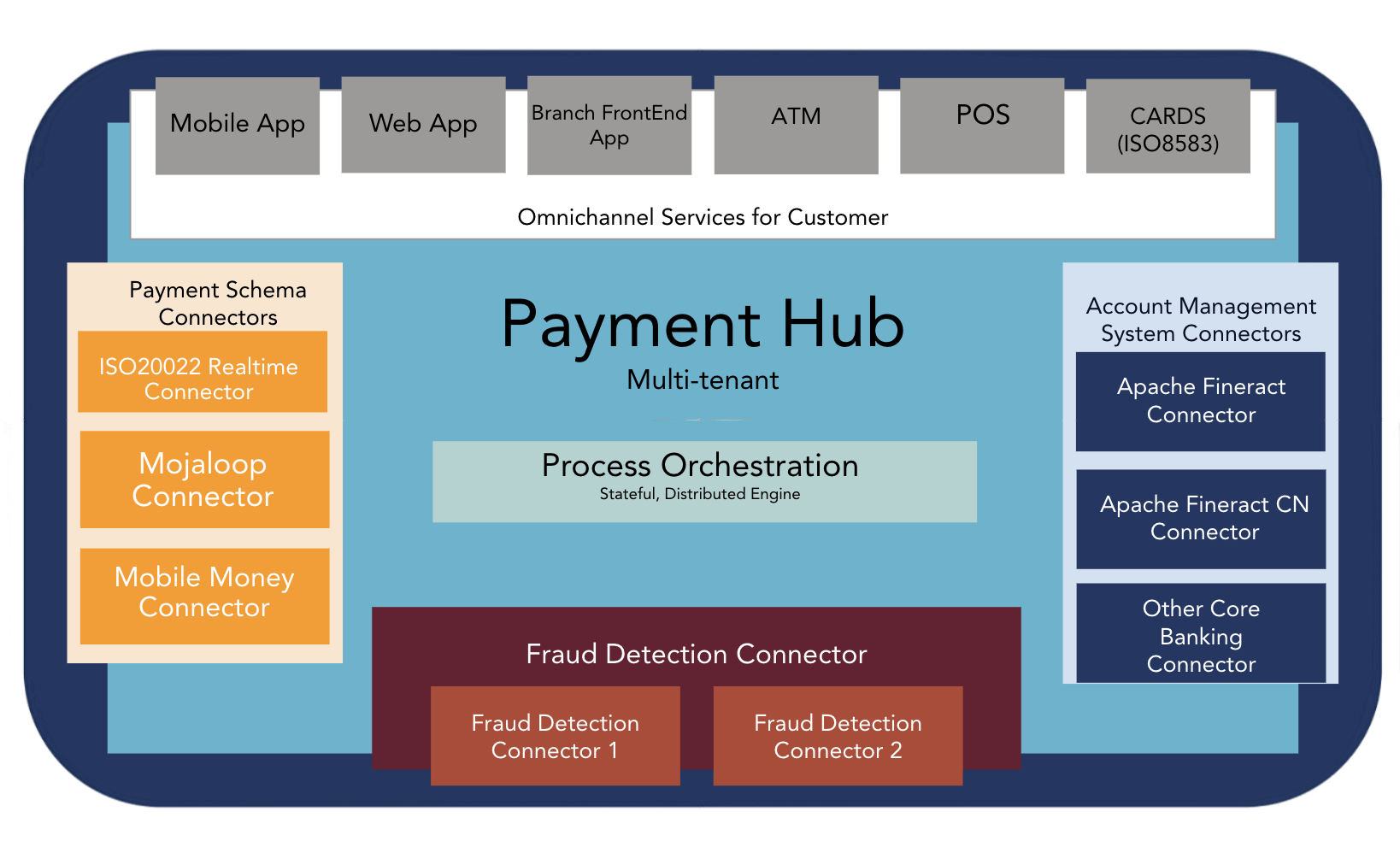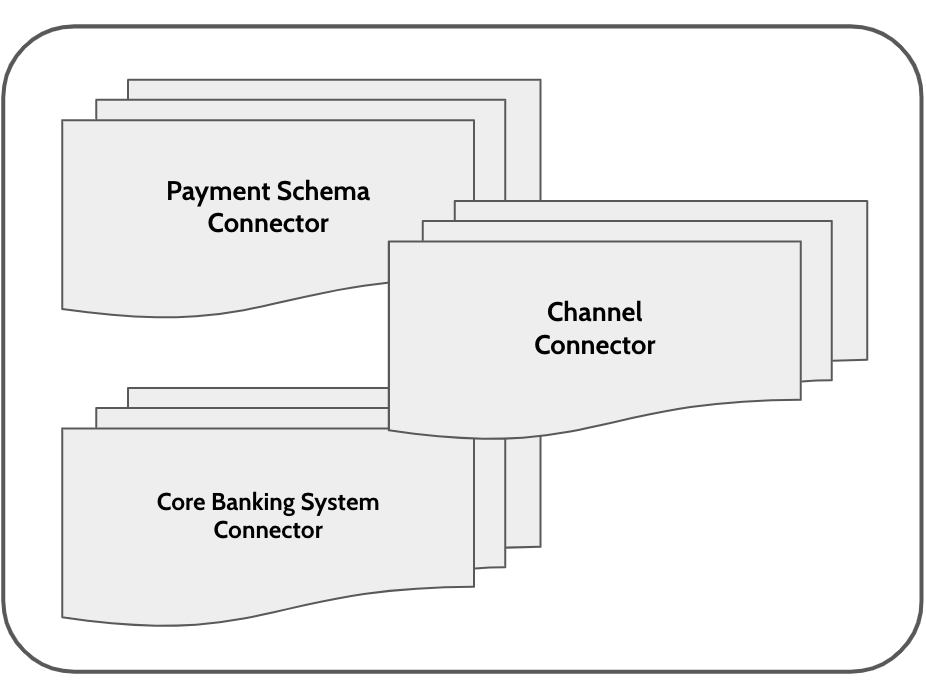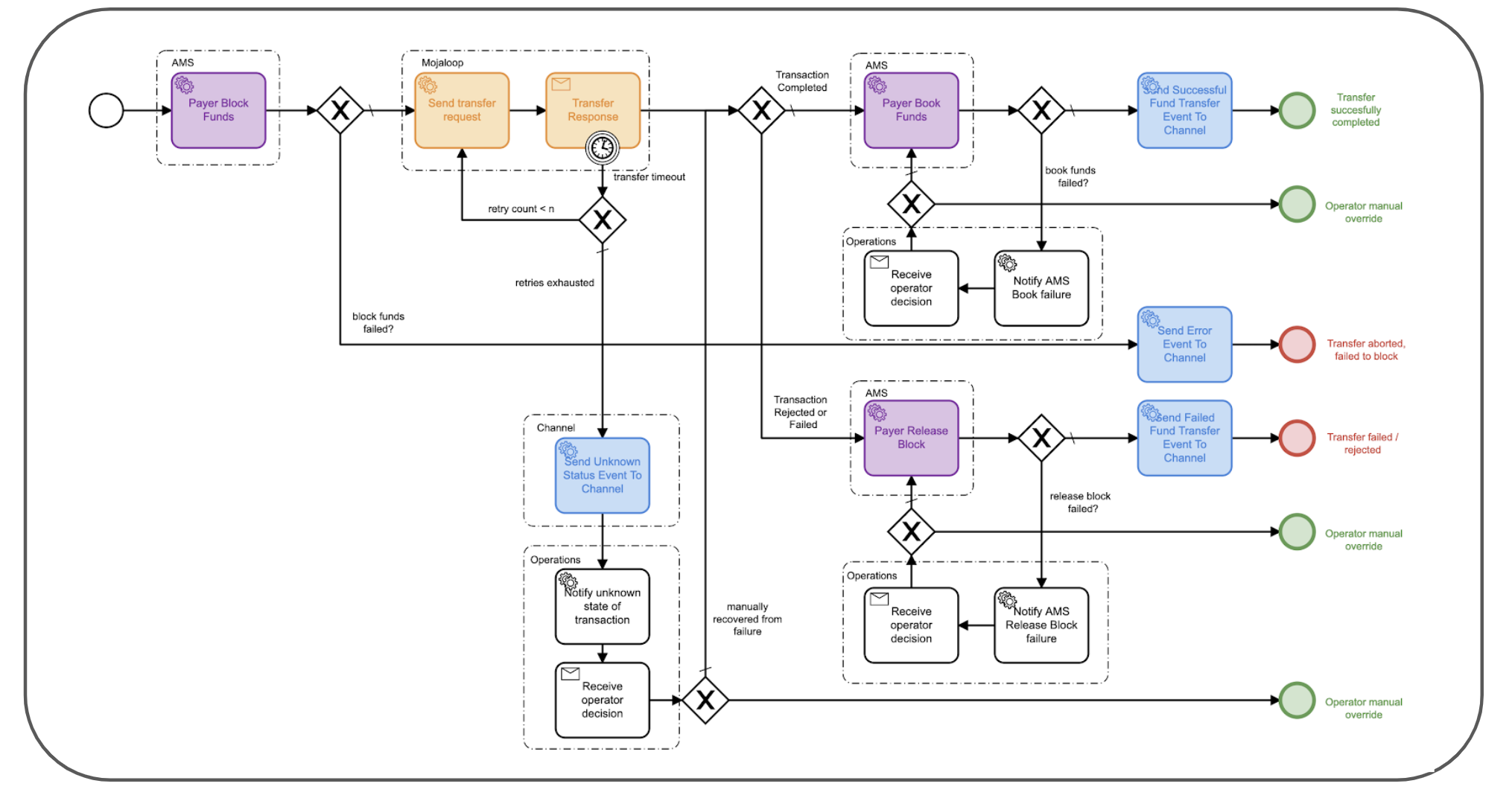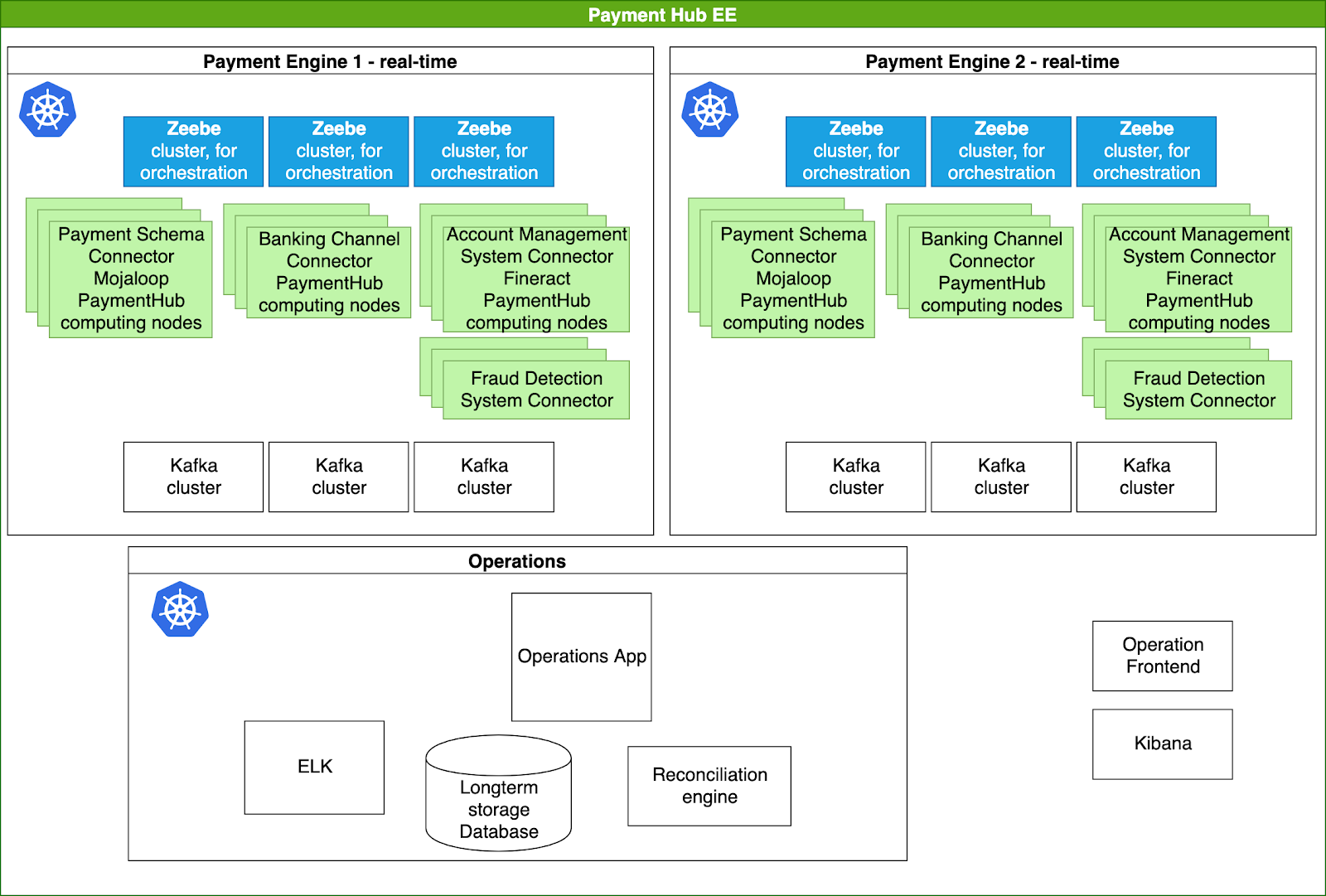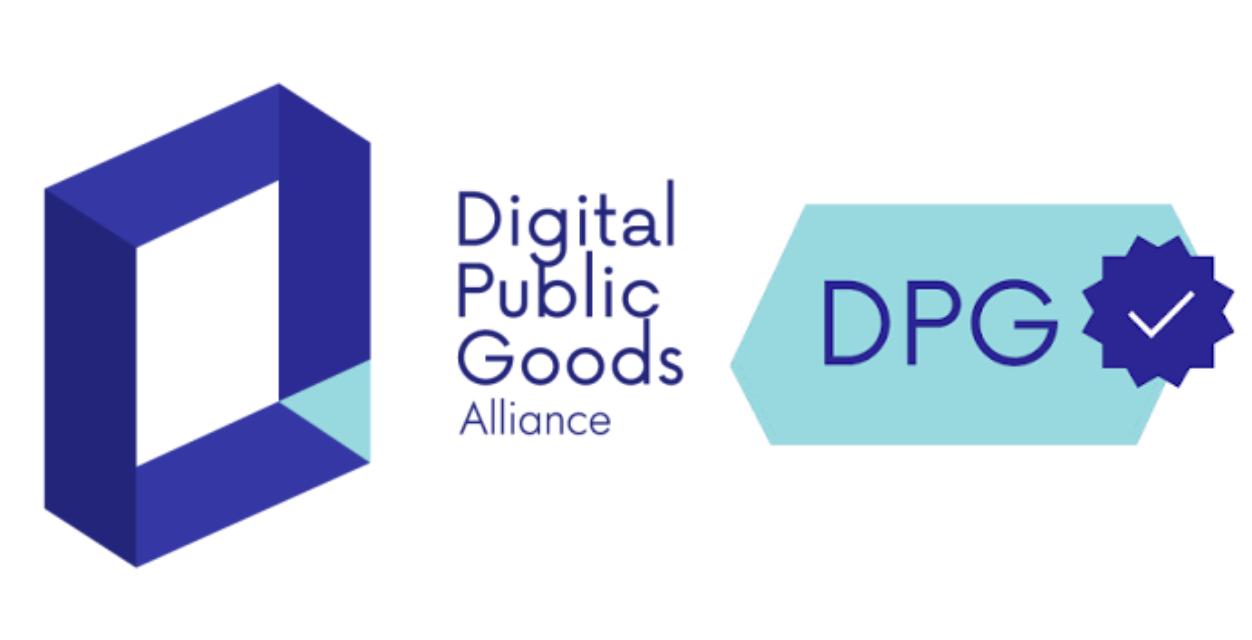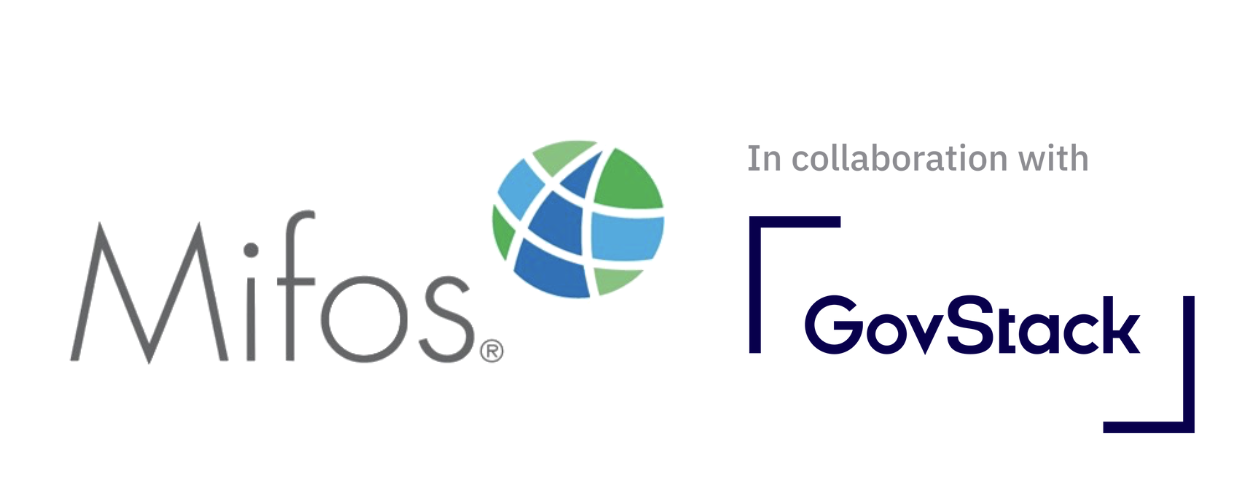Digital payment use cases supported by Payment Hub EE
Mobile Money & Merchant Payments
Bi-lateral mobile money integration and payment orchestration to enable mobile collections, disbursements, P2P transfers, request to pay, and QR code payments according to the GSMA Mobile Money API standard.
Bulk Payments & G2P
Pre-processing of bulk payment lists and payment initiation and orchestration for G2P flows like social protection programs, conditional cash transfers, benefit payments, and more.
Real-Time Payments
Seamless integration and connection to ISO 20022 based real-time payment systems like SEPA in Europe, UK Faster payments, and US FedNow.
Cross-Border Remittances
Powering closed and open-loop cross border remittance systems including the transformation and mapping layer between Mojaloop and ISO 20022 message standard.
Open Banking & Finance
Enabling fintechs to initiate payments on behalf of customers through Open Banking & Third Party Payment Initiation (3PPI) APIs.
Central Bank Digital Currencies
Issuing gateway for CBDC/Stablecoins to provide conversion point between fiat & digital currency in emerging markets and beyond.
Instant & Inclusive Payment Systems
Integration & Orchestration Layer to enable financial institutions to participate in centralized IIPs systems like Mojaloop for P2P and Merchant Request to to Pay flows.
Wholesale Cross-Border Payments
Unlocking innovation to reduce the cost and friction of interbank cross-border payments amongst financial institutions.
